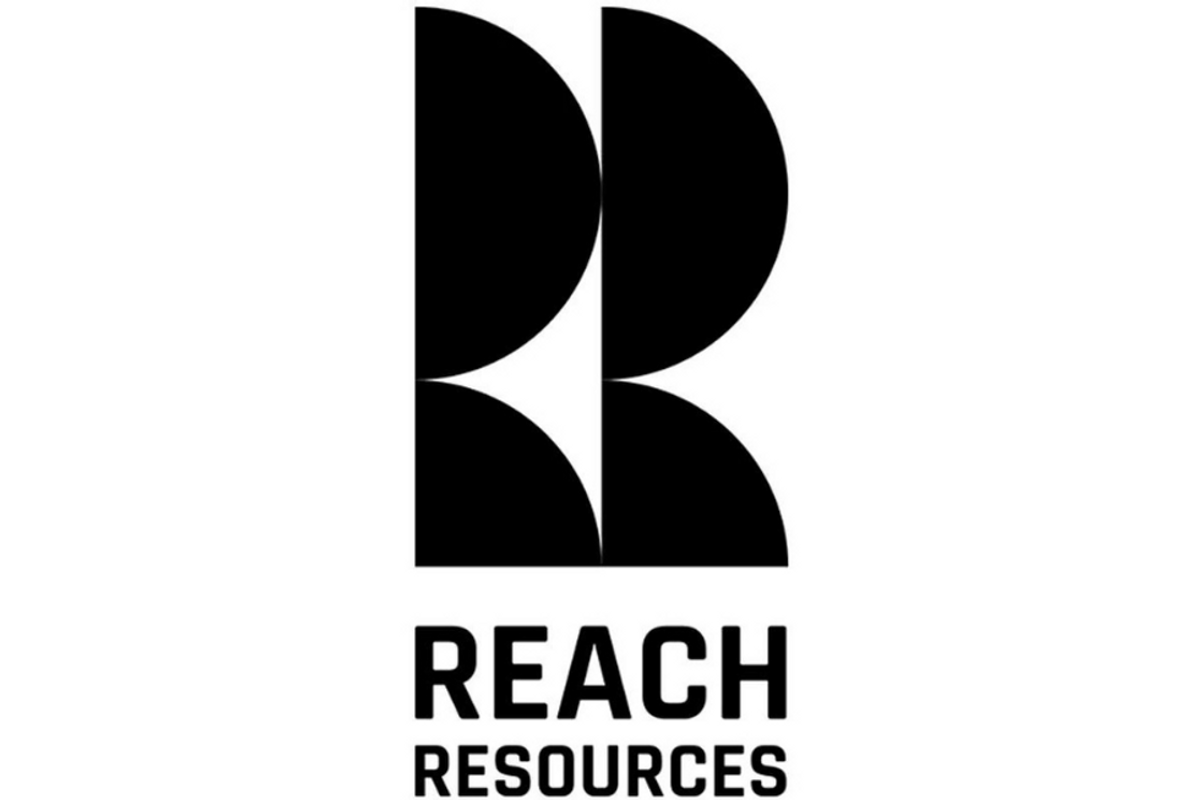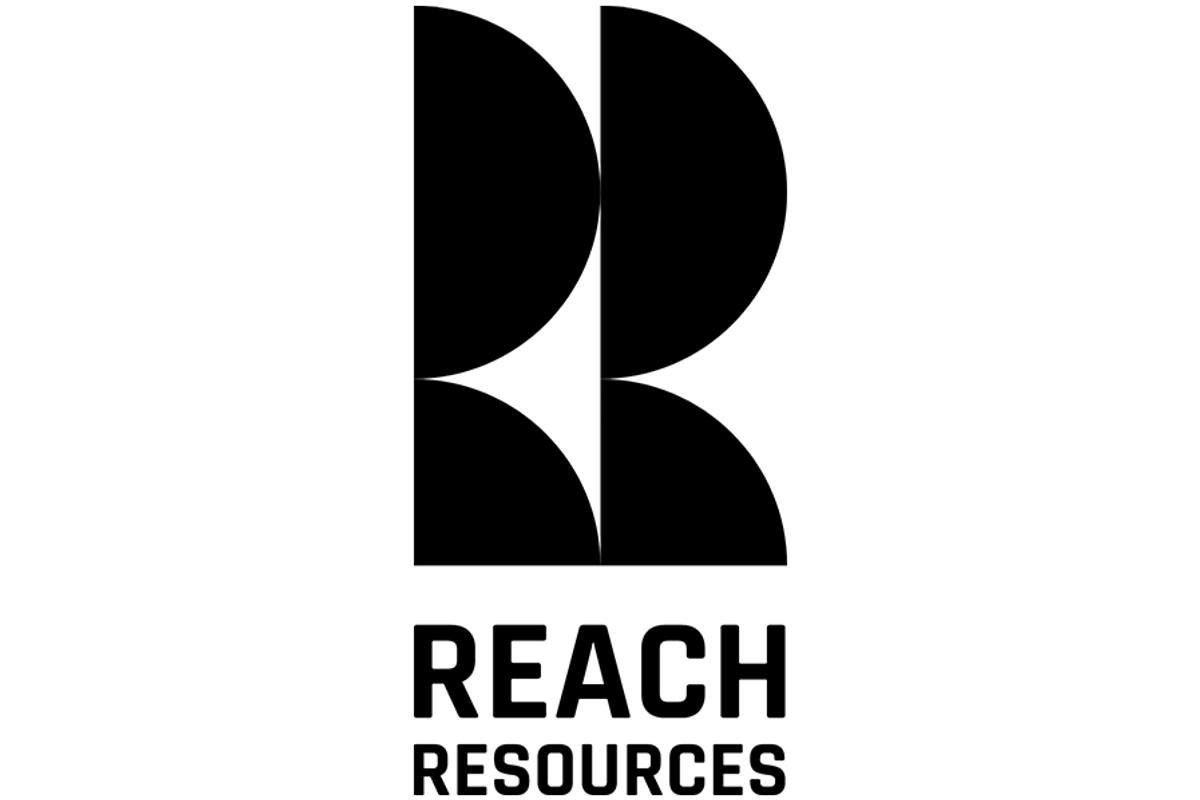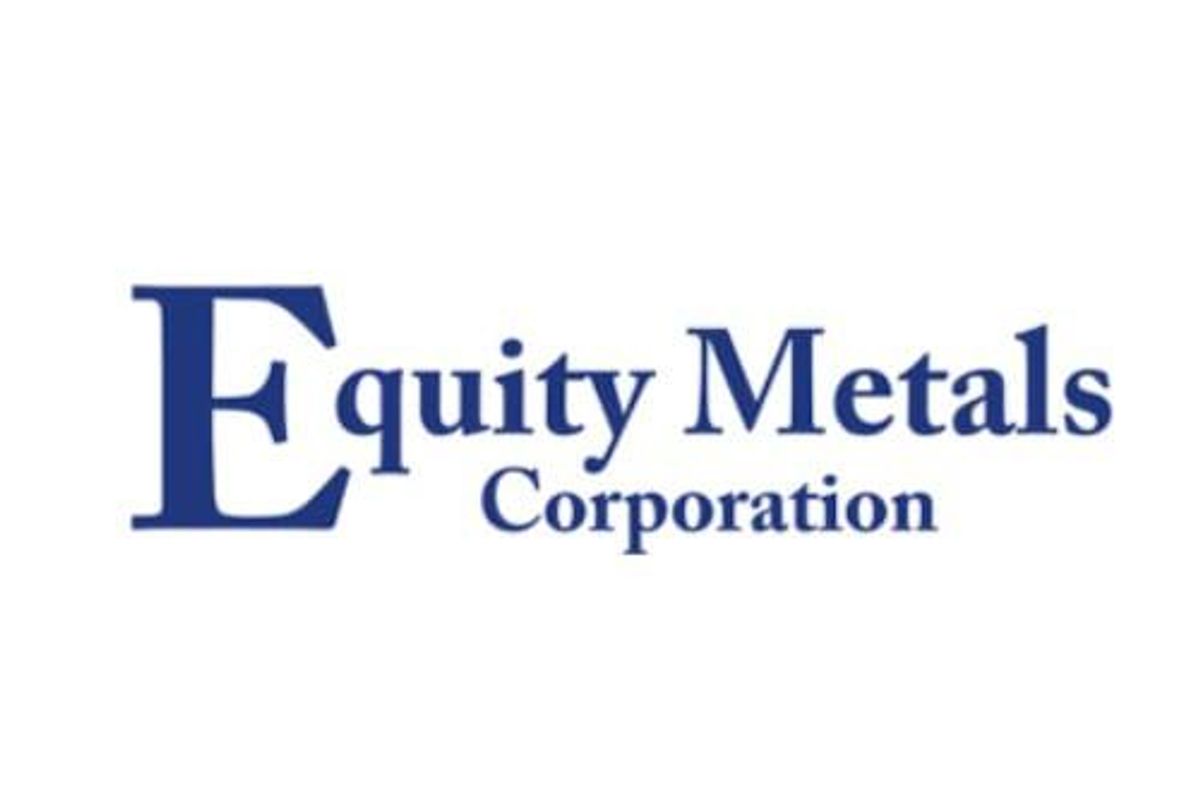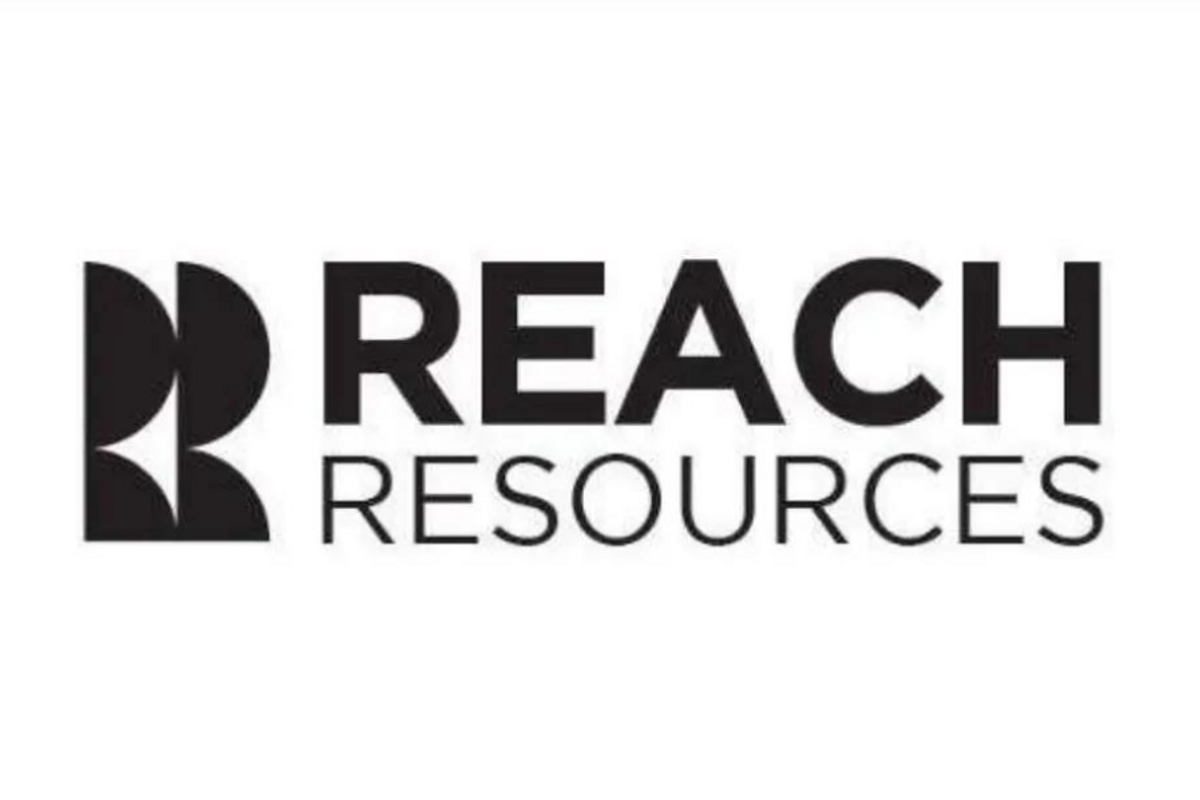
February 18, 2025
Reach Resources Limited (ASX: RR1 & RR1O) (“Reach” or “the Company”) is pleased to announce assay results from the first two (2) of fourteen (14), RC drill holes at the Company’s 100% owned Murchison South gold project, near Payne’s Find, in the gold rich Murchison Mineral Field W.A (see Figure 1). The initial results broadly support the interim mineralisation model developed by Mining Plus, with high-grade mineralisation consistently associated with quartz veins within hornblende gneiss.
HIGHLIGHTS
- RC drilling from the first two (2) holes at the Murchison South gold project has intersected high grade gold, providing initial validation of historical drilling results
- Significant assay results include (down hole widths):
- 25PFRC001 (Hole 1)
41m @ 2.01 g/t from surface; including 15m @ 2.01 g/t from 2m, and
5m @ 10.01 g/t from 36m
- 25PFRC002 (Hole 2)
22m @ 0.70 g/t from 33m; including 10m @ 1.05 g/t from 33m, and
1m @1.61 g/t from 45m
- 25PFRC001 (Hole 1)
- A total of fourteen holes were drilled for 1463m at an average depth of 104m, at the Blue Heaven deposit
- Results from the first two drill holes align with the interim mineralisation analysis completed by Mining Plus, with the holes having intercepted the main rock types and showing a well- defined weathering profile
- Assays from the remaining 12 holes are due next week
Commenting on the results CEO Jeremy Bower said:
“These fantastic initial results give us a great start towards validation of the historic drilling and resource model at our Blue Heaven deposit. We have hit some high-grade shallow gold intervals, which align with the model, which is very encouraging, and we now eagerly await assays from the remaining 12 holes so we can get a complete understanding of our project.”
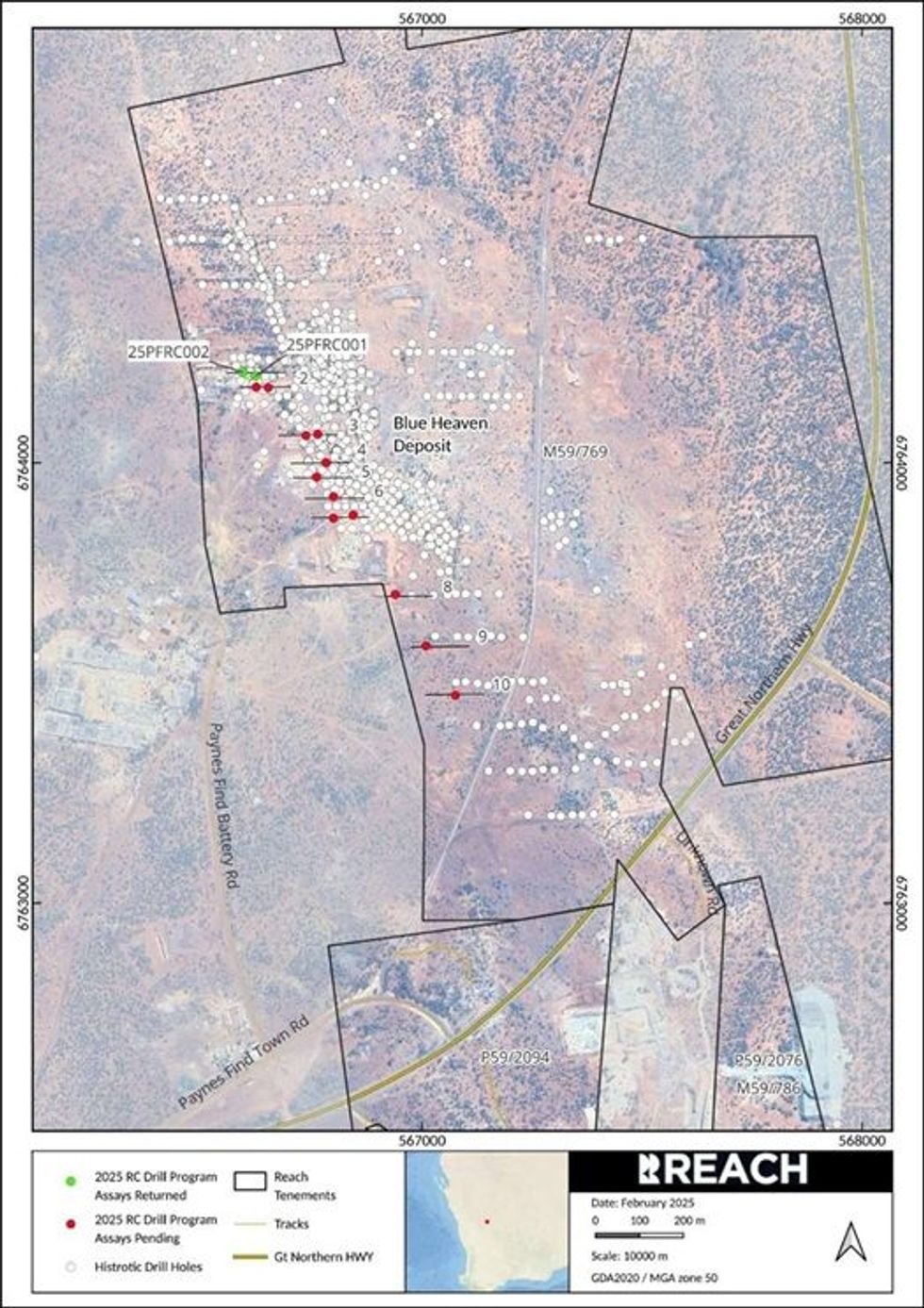
The drill program comprised 14 RC holes for a total of 1463m at an average depth of 104m and collection of 1588 samples for assay. This announcement relates to the first two (2) drill holes only (Refer to JORC Table 1 Appendix A for full results and collar table from holes 25PFRC001 & 25PFRC002).
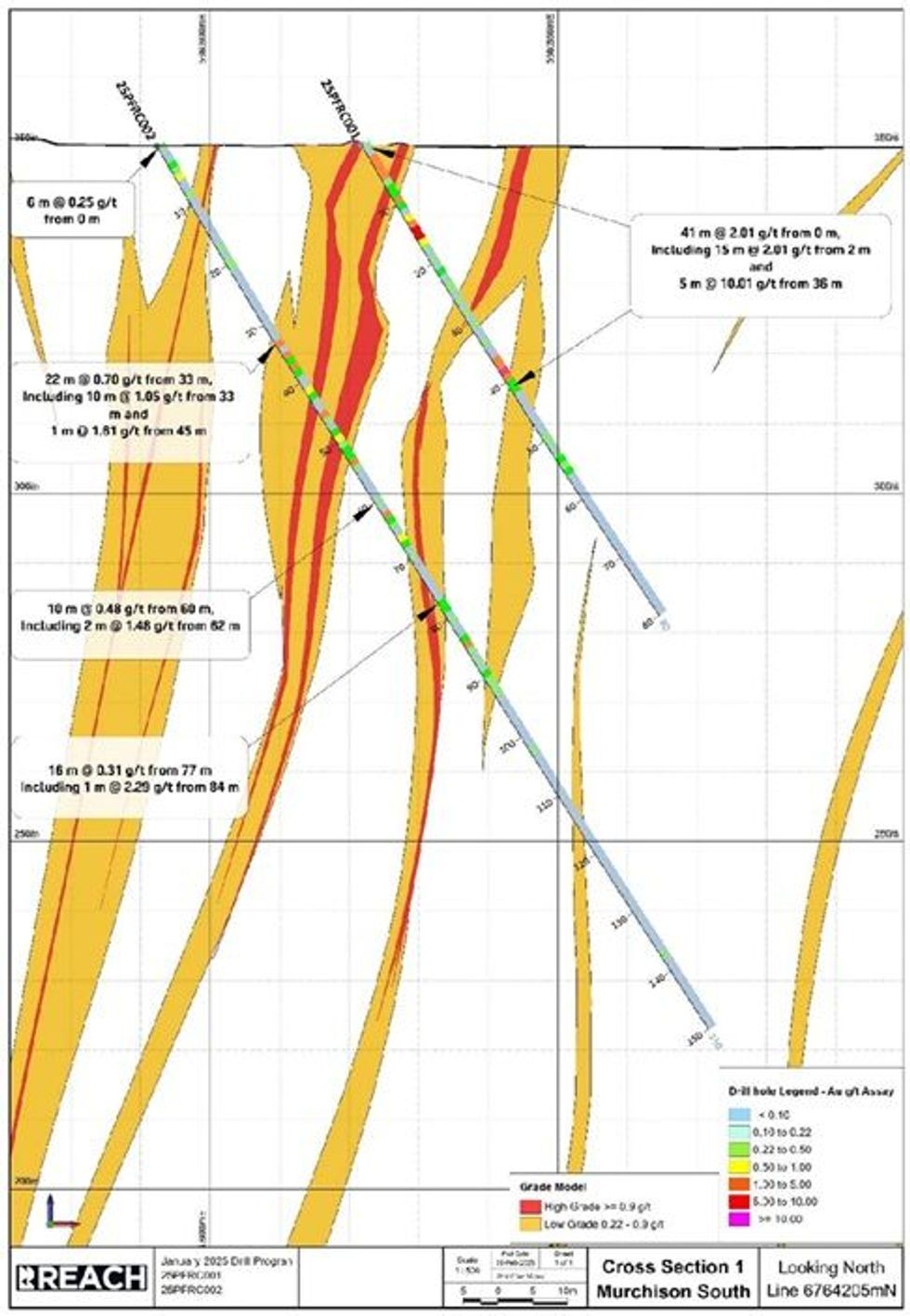
The weathering zone is not intercepted in this cross-section but appears further south from Section 3 (Figure 1). Cross-Section 1 (Figure 2) displays multiple high-grade zones that broadly align with the existing model. Low-grade zones (yellow) envelop the high-grade mineralisation and correlate well with the new drilling.
Once all the drilling results have been received, Mining Plus will have sufficient data to interrogate the results before integrating them into their model. This will guide the next steps in optimizing pit designs at the Blue Heaven deposit and additionally will help determine the number and locations of planned diamond drill holes, which will be the source of sample material for the required metallurgical testing and geotechnical analysis.
Key Next Steps
- Receipt of remaining assay results
- Mining plus continue their independent mining review
- Metallurgical test work
- Negotiations with mining contractors and processors
Click here for the full ASX Release
This article includes content from Reach Resources, licensed for the purpose of publishing on Investing News Australia. This article does not constitute financial product advice. It is your responsibility to perform proper due diligence before acting upon any information provided here. Please refer to our full disclaimer here.
RR1:AU
The Conversation (0)
03 May 2022
Reach Resources Limited
Sourcing the Critical Minerals of the Future
Sourcing the Critical Minerals of the Future Keep Reading...
13 May 2025
Murchison South Increases to 67koz Gold Across Two Pits
Reach Resources Limited (ASX: RR1 & RR1O) (“Reach” or “the Company”) is pleased to announce the completion of a new Mineral Resource Estimate (MRE) for the Pansy Pit deposit at its Murchison South Gold Project. The estimate, prepared by independent consultants Mining Plus, reported above a... Keep Reading...
28 July 2023
Quarterly Activities/Appendix 5B Cash Flow Report
Reach Resources Limited (ASX: RR1) (“Reach” or “the Company”) provides its activities report for the quarter ended 30 June 2023. HIGHLIGHTS High-Grade Lithium Results at Yinnetharra (15 May 2023) Lithium mineralisation confirmed with rock chip samples reporting highly encouraging assays of up to... Keep Reading...
18 May 2023
Outcropping Copper Gossan Delivers 33% Cu Assays At Morrissey Hill Project, Yinnetharra
Reach Resources Limited (ASX: RR1 & RR1O) (“Reach” or “the Company”) is pleased to announce that it has received high grade copper, gold and silver results up to 33% copper, 0.2g/t gold and 142g/t silver from its recently completed rock chip sampling program at the Company’s Morrissey Hill... Keep Reading...
14 May 2023
Reach Resources’ Strategic Position Between Two of WA’s Mining Heavyweights
Reach Resources’ (ASX:RR1) strategic position with its Morrissey Hill project has placed the critical mineral explorer on the radar of two of Western Australia’s mining giants Delta Lithium (ASX:DLI) and Minerals 260 (ASX:MI6), according to an article published in The West Australian.“While... Keep Reading...
7h
Resource Recap: 2025 Data on Australia's Key Resources and Energy Projects
2025 was a relatively healthy and stable year for investment in Australia’s resource and energy sector.According to the Australian Government’s Department of Industry, Science and Resources’ Resources and Major Projects Report, a total of 21 projects worth AU$11 billion were completed in the... Keep Reading...
06 January
Aurum advances Boundiali development with 3 ML Applications
Aurum Resources (AUE:AU) has announced Aurum advances Boundiali development with 3 ML ApplicationsDownload the PDF here. Keep Reading...
06 January
Peruvian Metals Full Capacity Throughput at Aguila Norte Processing Plant in 2025 and Focuses on Silver and Gold for 2026
Peruvian Metals Corp (TSXV: PER,OTC:DUVNF) (OTC Pink: DUVNF) ("Peruvian Metals" or the "Company") is pleased to announce production results for 2025 at its 80-per-cent-owned Aguila Norte processing plant ("Aguila Norte" or the "Plant") located in Northern Peru. The Company is also pleased to... Keep Reading...
04 January
Ongoing Drilling Continues to Return Broad Gold Intercepts
Asara Resources (AS1:AU) has announced Ongoing drilling continues to return broad gold interceptsDownload the PDF here. Keep Reading...
Latest News
Interactive Chart
Latest Press Releases
Related News
TOP STOCKS
American Battery4.030.24
Aion Therapeutic0.10-0.01
Cybin Corp2.140.00
